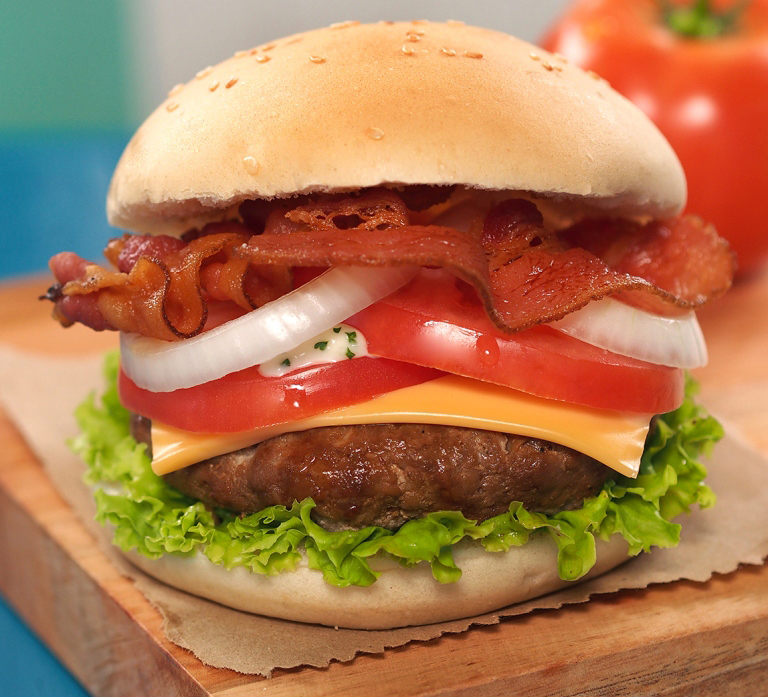Level up in the world of wine, with these tips and tricks from Sofitel’s wine appreciation class
Ever fancy yourself a wine connoisseur, able to confidently deliver such lofty, impressive statements as “this wine is full bodied, with an intense character, an aroma of berries, and a hint of oak, especially on the finish”? I know I certainly have! Whether you’re out to score points with your dinner date, wow your friends, or simply enhance your own personal enjoyment of the fruit of the vine (consumed alone, but more especially, when paired with food), increasing your wine IQ is always a fun and fruitful activity. Imagine, then, my delight to discover that the metro’s premiere luxury hotel, Sofitel Philippine Plaza Manila semi-regularly conducts a fun and informative class on wine appreciation. Taught by Tanguy Gras, Sofitel’s F&B Manager and in-house wine expert, the class spans several hours, and is loaded with good stuff.
Once you’ve gotten over the very awesome novelty of a wine class being taught in Manila by an actual Frenchman, complete with alluring accent, you will find yourself totally engrossed in the rich world of wine. From matters of terroir (the all-encompassing, all important conditions of climate and weather, soil, terrain and tradition and how these affect the quality of wine grapes) to the production process (which varies for red and white wines, and champagnes), to the nuances between Old and New World Wines, and even the variations of ageing wine in oak barrels, as against steel barrels, Tanguy gently guides you through a wealth of wine knowledge.
This knowledge is clearly too vast to encapsulate in 1000+ words, so I will stick to the ABC’s of wine appreciation, and share with you a few tips and tricks I picked up at the class.
A-ppreciating wine requires the use of the 5 S’s, as follows:
1. See. Observe the appearance (called the robe or dress) of the wine. Take note of the intensity and hues of color; a wine’s color clues you in to its place of origin and the conditions in which it was grown, and also gives you a hint of how the wine will taste. Color intensity is measured on a scale of 1 to 10, with one being the lightest and 10 being the most intense. A neat trick is to remember that wine color is best observed against a white or light colored neutral surface, for the fullness of the hue to be revealed. Tilt the glass away from you, and towards the white surface. The wine’s “true” color is seen in its deep center, but have a look at the edges, as well.
2. Swirl. Gently swirl the wine around in the glass – this not only allows the wine to “breathe” (especially for deeper reds), this also enables you to observe the “legs” of the wine, and make you feel like an expert. “Legs” in a wine are the tears or droplets that form and trickle down the inside of the glass after you swirl it. The legs tell you something about a wine’s sugar content: sweeter wines are more viscous and have slower moving legs or tears.
3. Smell. Go ahead and sniff the wine, to learn more about its “nose” or aroma. The “first nose” should be done without swirling the glass to catch a whiff of the primary aromas, while the “second nose” should be done while swirling the glass to release the secondary aromas of the wine. Note that each nostril is connected to a different side of your brain, so it is best to smell the wine one nostril at a time, to pick up on the full range of scent. It’s ok to be noisy, as you take in a deep whiff!
4. Sip. Allow the wine to envelope your palate. Don’t be afraid to swish it around (again, go ahead and be noisy), and try to get some air in your mouth, as well (this may take some practice). The aeration releases even more of the flavor. Feel the body or the weight of the wine on your tongue. Take note of the wine’s acidity, sweetness, crispness, etc.
5. Savor. How long does the taste and the aftertaste of the wine linger on your palate? Savor it; this is the wine’s “finish.”
But first, before you can even do the “A” or appreciation part, you need to skip to “B” and B-ust open that bottle! A few tips to remember, when opening a bottle of wine – especially if it is corked:
1. Be sure to carefully slice and remove the entirety of the outer foil, to avoid contaminating the wine with a metallic taste.
2. Observe the cork, to see if it is still intact, and to ensure that it has not disintegrated into the wine.
3. When opening a bottle of wine, the label should be facing your guests. Sounds a tad obsessive-compulsive, but this is considered proper wine etiquette.
4. Plunge your corkscrew into the center most part of the cork, and twist with a gentle but firm motion. Do not twist the corkscrew in too deeply.
5. Pull gently on the cork, to remove it from the bottle. Sniff the cork, to determine if the wine is good. Lastly, rub the cork edge around the rim of the bottle, to make sure that all cork particles are removed.
C-ritique the wine. You may use words like golden, yellowish, or greenish, to describe the color of a white wine or champagne; while pink, ruby, rose, garnet, purple and the like may be used for reds. Aromas are often talked of as floral, fruity, earthy, vegetal, citrusy, etc.; while tastes are described in terms of which specific fruit, spice, or flavor dominates the wine’s notes and finish (berries, vanilla, anise, chocolate, cinnamon, to name a few).
Okay, okay; we need to throw in the “D” of this basic wine alphabet, as it is the best part: D-RINK! Enjoy the wine to its fullest. Pair it with your favorite food (this makes for another thousand words and more, but in general, white wines go with lighter food, reds go with heavier dishes, acidic wines are best with fatty food stuff, while sweet wines are good with salty or pungent food). There is no exact science for wine and food pairings, but, as Tanguy puts it, it should always be a “win-win situation” for your palate.
While one class on wine appreciation will certainly not earn you the mad skills of an expert, it will most definitely up your wine smarts. Enough to impress yourself, or that hot date; and enough to make you feel a sommelier, for a day.


By ANGIE DUARTE
Sommelier, for a day
Published on September 13, 2016
This post was last updated on March 26th, 2020 at 02:58 pm







